paint color for a dark room?
13 years ago
Featured Answer
Sort by:Oldest
Comments (28)
- 13 years ago
- 13 years ago
Related Discussions
Dark mud room issue
Comments (5)I would try SW Believable Buff. It's on the same color strip as Whole Wheat and is a pretty yellowish tan color. Light enough to brighten up a room but contrasts nicely against white trim. We used it in the foyer, kitchen, and hallways of my former house, with Antique White trim. It's shown here in the foyer of my empty house on moving day :( And in the kitchen and hallways ......See MoreNeeding suggestions on which paint color to brighten dark room
Comments (5)Hollybar is correct. It would be helpful if you could give us an idea the purpose of the room and other art, furniture, etc. Consider putting together an inspiration board for yourself so it keeps you focused on what you want to accomplish. It's not just the paint color that brings life to a room. Would love to help. The grey is a nice tone and not offensive. The walls will fall back depending on all the other design elements. From your ideabook, it looks like you like pale blue, which would be a good color to incorporate into the room. What else do you have planned?...See MoreChoosing a a paint color for a dark living room
Comments (9)If Edgecomb Gray is too pink, my bet is that Collingwood will be too. If you are still looking at grays, Ozark Shadows is in between Sea Haze and Rockport Gray. I tend to agree, though, that gray may not be your best bet. If you are going to address lighting, definitely do that before you look at colors. The lower the light level, the less our ability to pick out colors (that's why we are all essentially color blind at night). So in low light, low saturation colors can look gray, and even high saturation colors look slightly grayed out. Pastels don't have a lot of pigment, so our eyes have trouble picking out the color in low light and they tend to look gray or white. Darker colors have lots of pigment, so we have an easier time reading the color event when light levels are low....See MoreNeutral Paint Color for Dark Room / Hallway
Comments (1)Get the floors done first before choosing wall color...See More- 13 years ago
- 13 years ago
- 13 years ago
- 13 years ago
- 13 years ago
- 13 years ago
- 13 years ago
- 13 years ago
- 13 years ago
- 13 years ago
- 13 years ago
- 13 years ago
- 13 years ago
- 13 years ago
- 13 years ago
- 13 years ago
- 13 years ago
- 13 years ago
- 13 years ago
- 13 years ago
- 13 years ago
- 13 years ago
- 9 years ago
- 9 years ago
- 9 years ago
Related Stories
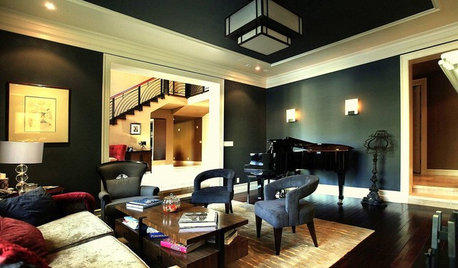
DECORATING GUIDES9 Ways to Use Rich, Dark Paint
See how deep colors — navy blue, charcoal, dark chocolate — can bring out your home's best details
Full Story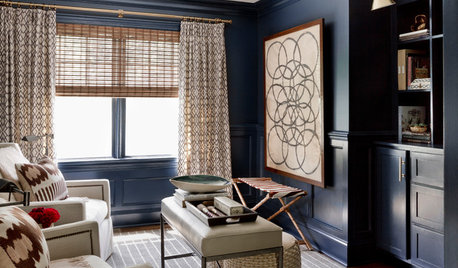
LIVING ROOMSRoom of the Day: Dark and Daring Pay Off in a Den Redesign
Indigo walls and woodwork, textured furnishings, task lighting and a media center turn a neglected room into a family hangout
Full Story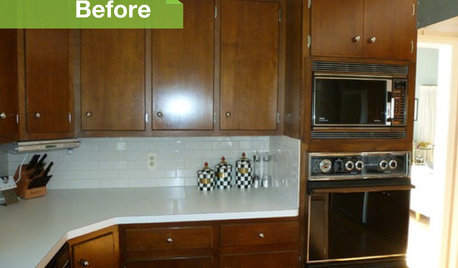
KITCHEN DESIGN3 Dark Kitchens, 6 Affordable Updates
Color advice: Three Houzzers get budget-friendly ideas to spruce up their kitchens with new paint, backsplashes and countertops
Full Story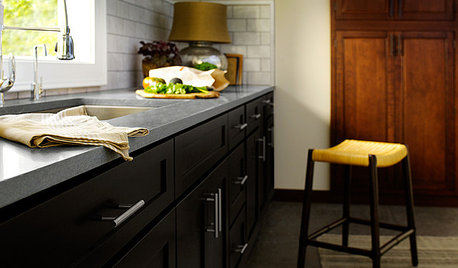
KITCHEN DESIGNAre You Ready for a Dark and Sophisticated Kitchen?
Black kitchen cabinets have a rich, timeless look. Get ideas for your next cabs — and how to paint the ones you have
Full Story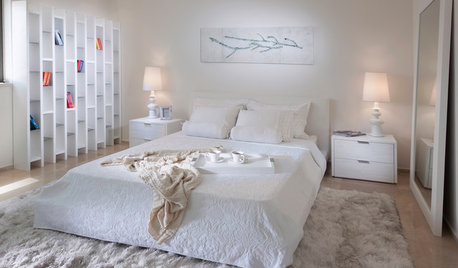
MORE ROOMSYour Perfect Bedroom: Calm and Airy or Moody and Dark?
Take a Mini Tour of Light-to-Dark Bedrooms and See Which One's for You
Full Story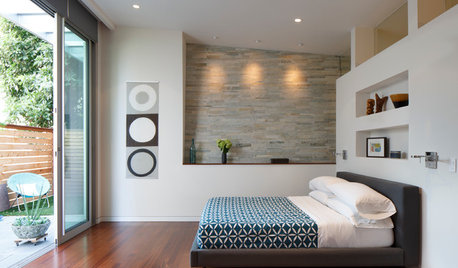
ROOM OF THE DAYRoom of the Day: From Dark Basement to Bright Master Suite
Turning an unsightly retaining wall into an asset, these San Francisco homeowners now have a bedroom that feels like a getaway
Full Story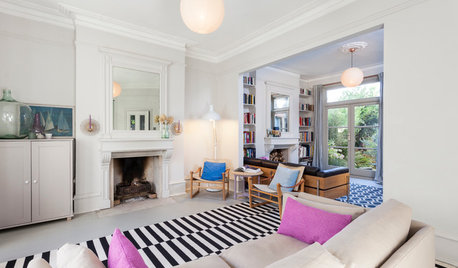
DECORATING GUIDESMy Houzz: Light Emerges in a Dark Victorian House
A designer freshens up her family’s period home by opening rooms to sunlight and decorating it in light, bright colors
Full Story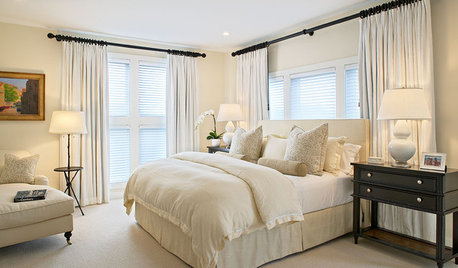
LIGHTINGDark Hardware Anchors a Light Space
If your rooms are floating away from too much airiness, bring them back to earth with dark curtain rods, cabinet hardware and more
Full Story


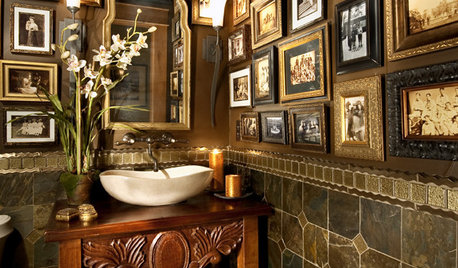
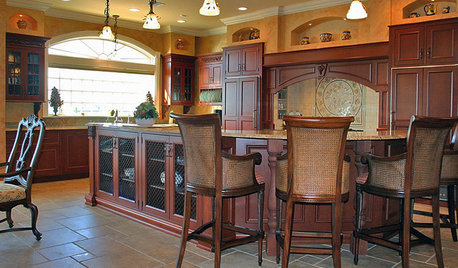



lucillle